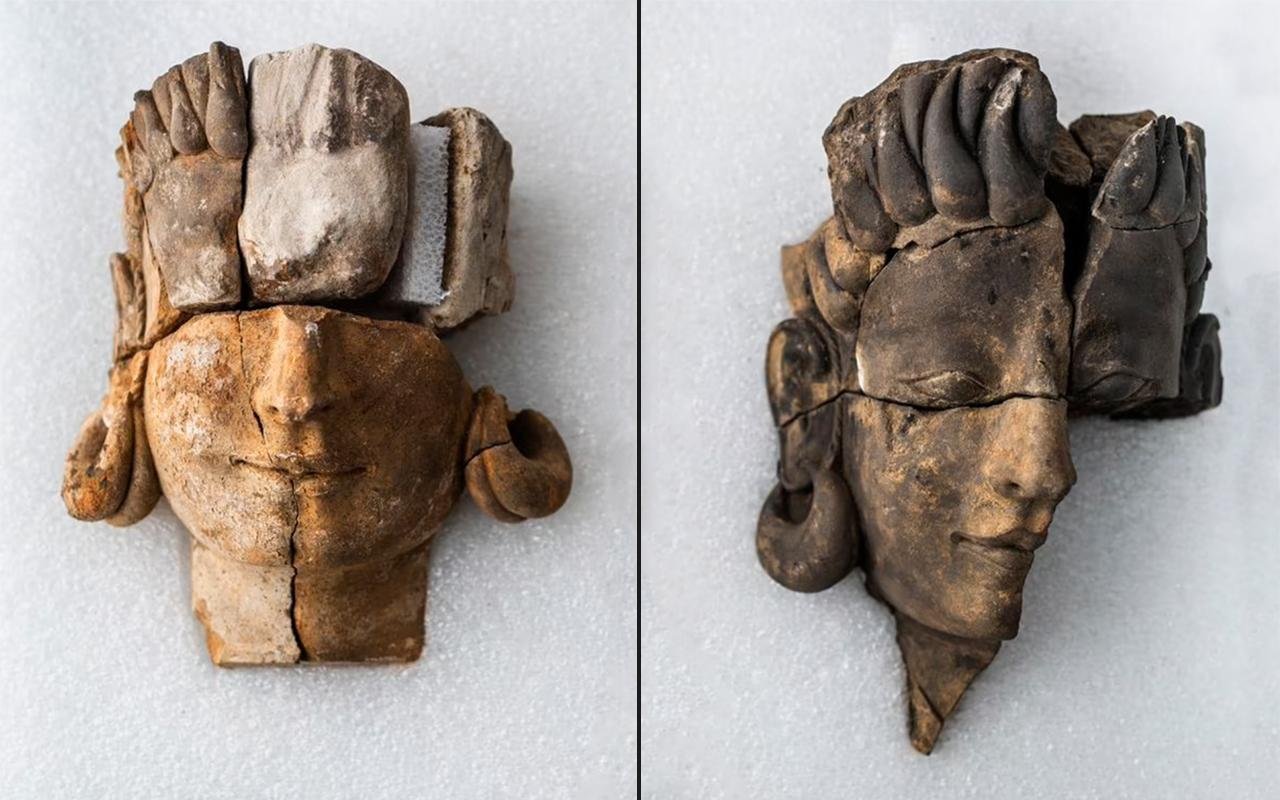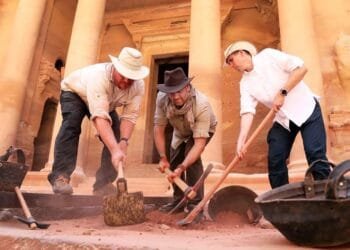The National Research Council of Spain (CSIC) has found the first human representations of the ancient Tartessos people during their excavation at the Casas del Turuñuelo site.

The excavations at the Casas del Turuñuelo site in Guareña, Badajoz, have revealed many interesting artifacts, including a massive two-story building dating back 2,500 years. These findings shed new light on a civilization that thrived in southern Spain before the Christian era.
The Tartessian culture has been enigmatic, and there has been a conventional belief that it was not a highly developed civilization. However, recent discoveries challenge this belief and suggest that Tartessian culture was more advanced than previously thought.
It is exciting to see how archaeology can provide new insights into ancient cultures and societies. The discoveries made at the Casas del Turuñuelo site will undoubtedly contribute to our understanding of the Tartessian culture and its place in history.
The ancient Tartessos culture emerged in the Southwest Iberian Peninsula of Spain during the Late Bronze Age. This culture was a blend of local Paleo-Hispanic and Phoenician influences and was known for speaking the now extinct Tartessian language.
The Tartessos people were skilled in metallurgy and created intricate metal objects, including pear-shaped jugs, shallow dish-shaped braziers, incense burners with floral designs, fibulas, and belt buckles.
Additionally, the Tartessos culture was characterized by sophisticated constructive elements that were on par with those of other civilizations in the Mediterranean region.
Recently, archaeologists uncovered not only rich material possessions such as gold, bronzes, and ivories but also five unusual sculptures.
According to researchers, the Tartessian people are thought to have worshipped the goddess Astarte or Potnia, and the god Baal or Melkar.

In 2017, a sanctuary used for animal sacrifice was discovered, containing the remains of 16 horses, 2 bulls, and a pig.
Among the discoveries were five reliefs, two of which depict female figures, possibly from the Tartessian pantheon of gods. The remaining three reliefs are in poor condition, but one is believed to be a Tartessian warrior.
“This extraordinary finding represents a profound paradigm shift in the interpretation of the Tartessos people, who are traditionally considered an aniconic culture for representing divinity through animal or plant motifs, or through betilos (sacred stones),” a spokesman from the CSIC said.



























